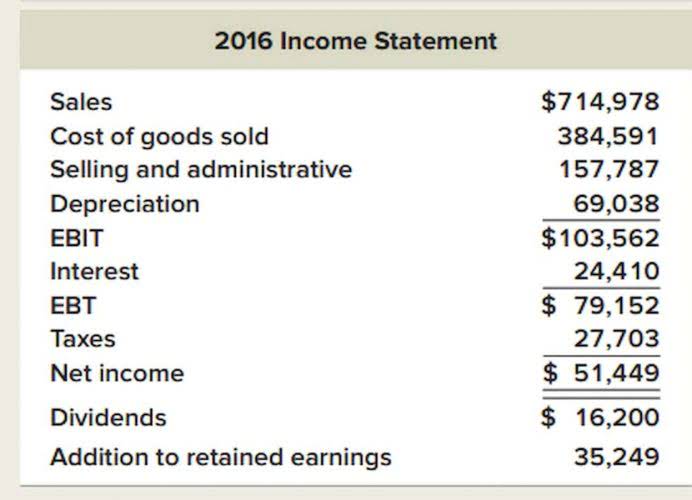
An inventory write-off occurs when inventory has no value, while a write-down involves reducing the reported value of inventory to its fair market value when the fair market value falls below the book value. Write-offs remove the inventory from the general ledger entirely, whereas write-downs only adjust the reported value of the inventory on the balance sheet.4. What is the impact of a large inventory write-off or write-down on a company’s financial statements? Both a large inventory write-off and write-down may impact a company’s gross margins, net income, and retained earnings negatively.
Optimizing Accounting Reserve Account Management Strategies
This helps align the inventory levels with the anticipated sales, reducing the probability of obsolete or dead stock. This example shows how a company handles the accounting for obsolete inventory. It’s an important process because it ensures that the company’s financial records accurately reflect the value of its assets and its financial performance.
Disclosure in Financial Statements

If a company deals with a wider product line, manual editing may not be effective and efficient. Although it may not give you profit, putting items on sale can help recover some parts of the cost involved in manufacturing. Yet another effective way to identify obsolete inventory is by setting up the aging threshold for a particular product.
- As consumer preferences and trends change, businesses may find it difficult to sell their outdated products.
- Another Board policy should state that management will actively seek out and dispose of work-in-process or finished goods with an unacceptable quality level.
- But they can’t record them as expenses again as they already record at the year-end.
- When detected, obsolete inventory must be marked as either a write-off or a write-down.
- WIP inventory can be particularly challenging because it represents both the cost of raw materials and the labor invested up to that point.
- By aligning inventory levels closely with production schedules and customer demand, businesses can minimize excess stock and reduce the risk of obsolescence.
Calculating Cost of Goods Manufactured for Financial Clarity
- When a company creates an inventory reserve, it sets aside money to cover the cost of any inventory that is not sold.
- A business should first record the total scrap costs and then it can record any revenue in its income statement.
- A write-off represents the total loss of inventory, whereas a write-down denotes a reduction in the value of inventory due to market conditions or changes in business circumstances.
- However, the aforementioned fair value adjustment is unidirectional because the reported balance must be the lesser value between the historical cost and the market value at present.
- Understanding the concept of obsolete inventory holds significant importance for businesses as it pertains to their overall financial health.
- Companies must establish an inventory reserve account for obsolete inventory on their balance sheets and expense their obsolete inventory as they dispose of it.
The accounting entry involves debiting a loss account, such as “Loss obsolete inventory accounting on Inventory Write-Down,” and crediting the “Inventory” account by the same amount. This ensures the balance sheet accurately reflects the reduced inventory value while the income statement captures the financial impact. These case studies highlight the importance of recording and managing inventory write-offs appropriately in accordance with accounting standards. Proper treatment of inventory write-offs affects both the balance sheet and income statement, impacting financial performance measures like gross margins and retained earnings. The consequences of incorrectly handling inventory write-offs can lead to material misstatements in financial statements and potential regulatory scrutiny.
Introduction to Inventory Write-Offs
These items will be recorded as the inventory which is the current assets on balance sheet. Regulatory compliance is critical when managing and reporting obsolete inventory. Both GAAP and IFRS provide guidance on inventory valuation, emphasizing accurate assessments of net realizable value. For example, under GAAP’s ASC 330, https://www.bookstime.com/ companies must evaluate inventory for impairment at each reporting period to avoid overstating assets.

How to avoid & reduce obsolete inventory

Obsolete inventory refers to items that are no longer sellable or usable due to factors like technological advancements, market shifts, or changes in consumer preferences. Proper management and accounting for CARES Act such inventory is critical, as it directly affects a company’s profitability and balance sheet. Impact on Gross MarginsGross margins are another vital performance measure used to calculate the difference between a company’s revenue and its cost of goods sold, expressed as a percentage of revenue. A lower gross margin indicates that a company is not generating enough profit from each dollar in sales. Inventory write-offs can impact gross margins if they distort COGS, as previously explained.
Coverage Across Various Inventory Items
Individuals, partnerships, and S corporations must file IRS Form 8283 for noncash contributions over $500. C corporations are only required to file the form if the deduction exceeds $5,000. Imagine you run a company, HighTech Electronics, that sells various electronic gadgets including smartphones. Obsolete inventory can manifest in various forms, each presenting unique challenges and requiring different management strategies.
